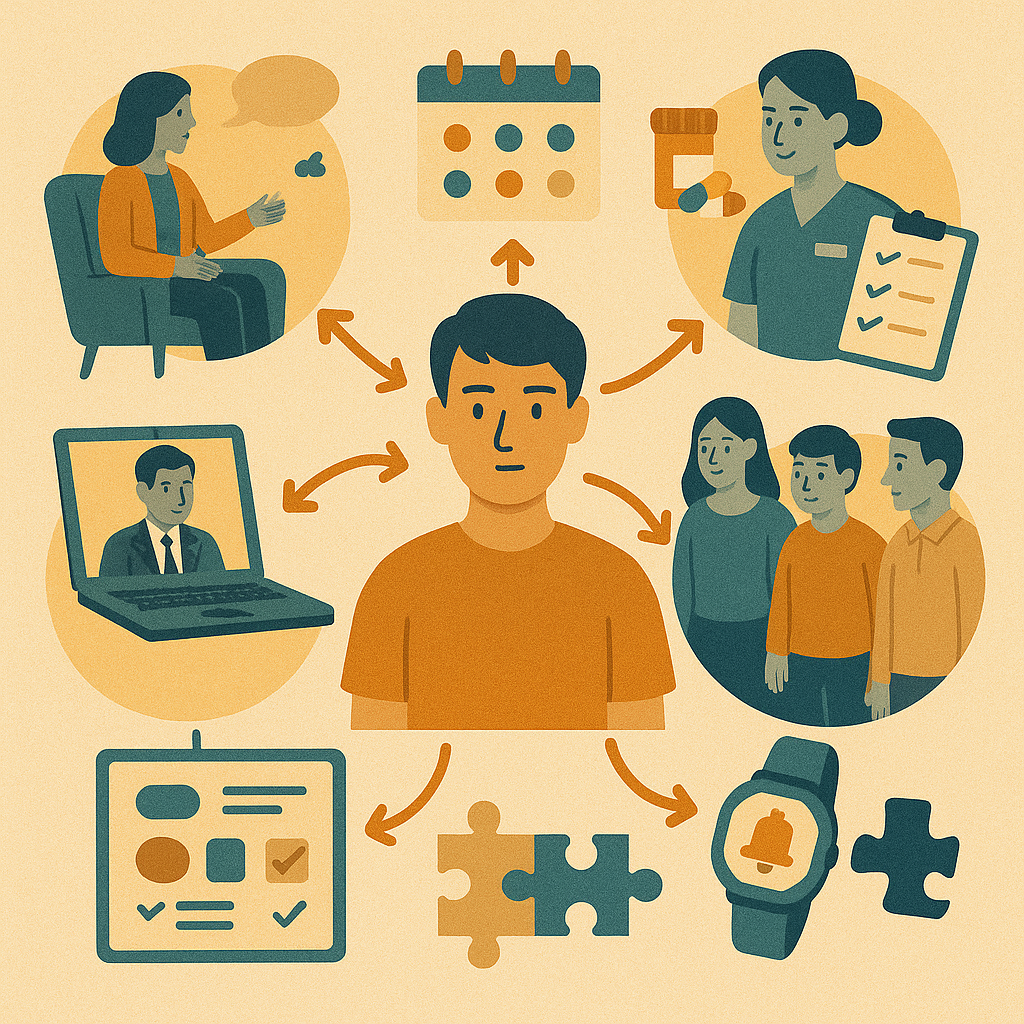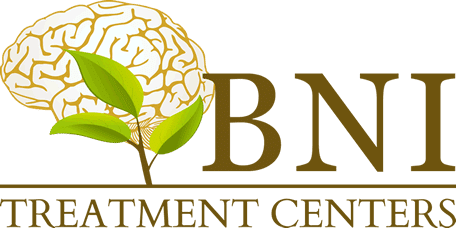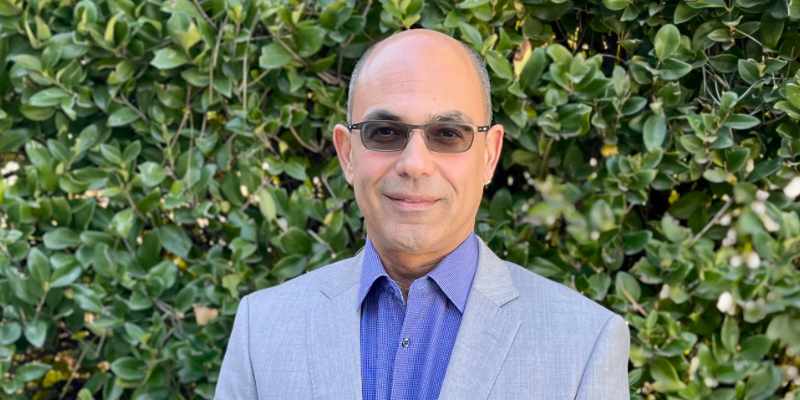When a teen completes detox, the next steps matter. Detox clears substances and stabilizes the body, but it is only the start. Long-term recovery needs a smooth handoff into adolescent counseling services that treat mental health and substance use together, involve the family, and fit school life. National guidance supports a comprehensive care path with medical oversight, therapy, and step-down services, such as residential, PHP, and IOP, tailored to individual needs. This approach reduces the risk of relapse and maintains steady progress over time. Programs that are specifically designed for adolescents, led by psychiatrists, and built around family and school support are a strong fit for safety and results. In the Los Angeles area, BNI Treatment Centers offers a physician-owned and psychiatrist-led continuum of care for ages 12 to 17, including detox, residential, PHP, and IOP, along with on-site academic support, all designed specifically for teens and their families. In this guide, you will find a simple plan you can use today to move from detox to counseling without losing ground. Keep reading to learn the steps, questions to ask, and how to create a calm, connected path forward for your teen.
Why a seamless transition after detox is critical
Detox is not treatment. It is the first step that helps the body clear substances and manage withdrawal. Without a plan that follows, the risk of relapse is high. Evidence shows that integrated treatment for co-occurring disorders works best, which means the same team addresses both mental health and substance use in one plan. This type of care should begin immediately after detox, ensuring a seamless transition in support. National guidelines from SAMHSA and reviews of youth treatment models support step-down care, which transitions from more intensive support to less as safety improves.
For teens, speed and coordination matter even more. Their brains are still developing. They live in school and family systems every day. A clear handoff from detox into adolescent counseling services keeps routines stable and brings parents into the work early. Practice parameters in child and adolescent psychiatry stress careful assessment, family involvement, and matched levels of care for youth with substance use disorders.
- Detoxification prepares the teen for therapy, but it does not address the core problems.
- Integrated treatment starts immediately, eliminating mixed messages and improving engagement.
- Youth guidelines support step-downs that match needs over time.
Step 1: Finish detox with a written plan
Before discharge, ask for a short, plain language plan. It should outline the clinical goals, the schedule of first counseling appointments, the level of care, any prescribed medications, and safety measures to be taken at home. For teens with medical or psychiatric risk, acute stabilization and close follow-up reduce early setbacks.
Make sure the plan includes a warm handoff. That means the detox staff connect you directly to the next team, share records, and schedule the first day in counseling. Warm handoffs prevent gaps in care, which are linked with higher emergency visits in youth with serious mental illness.
- Request a same-week start in counseling to avoid gaps.
- Confirm that records and meds lists are sent before discharge.
- Review a home safety plan and who to call if the risk rises.
Step 2: Match level of care to current needs
The right level of care depends on symptoms, safety, school function, and family support. Teens may step up or down as needs change. BNI offers a clear continuum for adolescents 12 to 17 that includes medical detox, residential inpatient, PHP, and IOP, with school support woven in. This allows the team to maintain momentum while rightsizing support at each stage.
Residential inpatient
Residential fits when safety risks are high, symptoms are severe, or the home is not yet stable. It provides 24-hour structure, daily therapy, psychiatric oversight, and school time in a contained and calm setting.
Partial Hospitalization Program (PHP)
PHP is a full-day treatment where the teen returns home at night. It includes multiple groups, individual therapy, psychiatry, family sessions, and academic blocks. It is often the next step after residential or the first step when symptoms are moderate to high.
Intensive Outpatient Program (IOP)
IOP provides several sessions per week while the teen lives at home and attends school. Research shows that IOP is an effective part of the continuum and works well for many individuals when matched to their needs.
- Start with the highest level that meets safety and function requirements, then step down as progress is made.
- Keep family sessions active through every step.
- Align school plans at each level to reduce stress.
Step 3: Begin adolescent counseling services right away
Early engagement in counseling helps protect the gains made during detox. The first phase focuses on building trust, mapping triggers, and teaching simple coping skills the teen can practice at home and school. Teams use evidence-based approaches, such as cognitive behavioral therapy, family-based treatments, and skills from dialectical behavior therapy, for emotion regulation and safety. These approaches have strong support for youth with co-occurring disorders.
Medication may help when there are symptoms like depression, anxiety, ADHD, or mood instability. Medication is not a standalone fix. It works best as part of an integrated plan that includes therapy, family work, and school support. It should be overseen by qualified clinicians who specialize in working with adolescents.
- Set three to five clear therapy goals with your teen.
- Ask how progress will be measured in mood, behavior, school, and safety.
- Keep homework simple, like one skill to practice each day.
What “integrated” looks like in day-to-day care.

Integrated care means one team treats both mental health and substance use with one plan and one set of goals. The therapist, psychiatrist, nurses, teachers, and case manager share notes and adjust the plan together. For parents, this gives you one point of truth and less guesswork. SAMHSA guidance and expert reviews support this approach for better continuity and outcomes.
Day to day, this looks like coordinated sessions, aligned medication reviews, and skills practice that carries from the group room to the classroom and then to home. It also includes relapse prevention as a living document that the family updates with the team as new stressors show up.
- One plan for both conditions with shared goals.
- Regular team huddles and family updates.
- A written relapse prevention plan tied to school and home life.
Supporting grief during the transition to counseling
Many teens carry grief. Loss of a loved one, a parent’s illness, a friend’s death, or the loss of activities during illness can deepen sadness and risk. Grief counseling for teens is effective, and there are tested programs that support both the teen and the caregiver. Randomized trials of the Family Bereavement Program show long-term benefits for youth and parents. Trauma and Grief Component Therapy for Adolescents is another evidence-based approach.
Caregivers also need simple steps. National resources from NCTSN and CDC offer practical tips for supporting teens with grief, and pediatric guidance highlights when to seek extra help from an adolescent psychiatrist. These tools pair well with counseling after detox and help families respond with calm and structure.
- Ask your team to screen for grief and trauma early and often.
- Include grief-focused sessions or groups when loss is present.
- Give your teen daily routines for sleep, meals, and movement to lower stress.
Keep school on track to reduce relapse risk.
School is a major stressor and also a protective factor. When teens fall behind, stress spikes, and progress can stall. Programs that include academic support help teens stay engaged and return to school with a plan. BNI provides on-site academic support, allowing teens to continue learning during treatment, which reduces fear and supports a smoother transition back to school.
Research supports continuity of care and linked services for youth. Smooth transitions across settings and coordination with schools help protect gains and reduce dropout from both care and school.
- Ask for a school plan with contact names, deadlines, and accommodations.
- Use short study blocks, daily checklists, and teacher updates.
- Celebrate small wins to build confidence.
Family partnership is not optional.
Parents play a crucial role in teen recovery. Family sessions teach communication, limit setting, and support for homework and daily routines. Reviews of adolescent treatment point to family involvement as a key factor for better outcomes, especially with co-occurring disorders.
Make a simple family playbook. Write down how you will respond to triggers, how you will handle screens and curfews, and what you will do if risk rises. Keep the tone calm and respectful. Update it as the teen grows and gains skills.
- Practice one new skill each week as a family.
- Set clear but flexible routines for sleep, meals, homework, and activities.
- Keep emergency numbers in one place and use 988 for crisis support when needed.
How to choose an adolescent counseling team after detox
Use this checklist to compare options and support a quick, confident decision.
- Is the program adolescent-only and psychiatrist-led, with care designed for ages 12 to 17?
- Does one team treat both mental health and substance use with a single plan, and will that start right after detox?
- Which levels of care are available for teens, and how do step-downs work between residential, PHP, and IOP
- How do you support school during treatment and reintegration later.
- How are parents involved each week, and how do you measure progress in mood, behavior, school, and safety?
Signs your teen may need a higher level of care
Some warning signs mean weekly therapy is not enough. Watch for self-harm risk, suicidal thoughts, severe mood swings, panic attacks, trauma flashbacks, blackouts, heavy or frequent substance use, or school refusal. If several signs are present, seek a prompt psychiatric evaluation to guide placement into the right level of care. National sources stress the need for a comprehensive assessment for youth when co-occurring problems are likely.
Medical risks or withdrawal symptoms may require medical detox or acute stabilization. After that, move straight into adolescent counseling services to keep the gains.
- Safety first. Call 988 or emergency services if there is an immediate risk.
- Ask for an evaluation focused on both mental health and substance use.
- Plan a quick start in the right level of care.
For teens who are grieving
If your teen is grieving a loss, tell the team right away. Ask for grief-informed care within the counseling plan. Evidence-based programs, such as the Family Bereavement Program and TGCTA, help teens and caregivers process loss and reduce symptoms over time. National resources from NCTSN and CDC offer tips you can use at home between sessions.
Collaborate with the school to support attendance goals and alleviate workload when necessary. Keep routines steady. Invite your teen to share memories in ways that feel safe. Seek additional help from an adolescent psychiatrist if grief is prolonged or comes with a strong risk.
- Include grief goals in the treatment plan and review them monthly.
- Pair skills practice with small rituals that honor the person who died.
- Ask the team about peer groups for bereaved teens.
How BNI aligns with what parents want
Parents of adolescents want licensed, physician-led care in a teen-only setting with a clear path from detox to counseling and school support at each step. BNI Treatment Centers is psychiatrist-owned and operated, adolescent-specific, and offers medical detox, residential inpatient, PHP, and IOP for ages 12 to 17 with strong academic support in Agoura Hills and Calabasas near Los Angeles. Families can verify benefits early and plan travel and school coordination with help from the team.
- Psychiatrist-led leadership, an adolescent-only milieu, and defined step-downs match the needs of safety and continuity.
- On-site academic support reduces the fear of falling behind in school.
- Locations in Agoura Hills and Calabasas support local and out-of-area families.
A simple roadmap you can follow today
Assess and ensure safety.
If there is an immediate risk, call 988 or emergency services. Ask for a psychiatric evaluation and a plan that treats both mental health and substance use together.
Choose the right level of care.
Match the level of care to the need. If risk is high, start with residential. If symptoms are moderate to severe with a safe home, PHP is a suitable option. If symptoms are lower and school is stable, IOP may be enough. Re-check the fit often and adjust up or down as needed.
Align school and family support.
Ask for academic support, school coordination, and weekly family sessions. Plan for reintegration with clear milestones and teacher communication.
Verify benefits
Complete an insurance check early to determine your options and costs. BNI works with most major commercial plans and lists plans it does not accept.
Commit to aftercare
Make a relapse prevention plan tied to school and home life. Keep outpatient therapy and medication follow-ups steady. Return to a higher level if risk rises.
- Follow a clear sequence and keep communication open.
- Track progress in behavior, mood, school engagement, and safety.
- Ask for plain language updates and next steps at every visit.
When you are ready to take the next step
If your teen is completing detox or needs a fast start in counseling, help is available. BNI Treatment Centers provides psychiatrist-led, adolescent-only care for ages 12 to 17, with medical detox, residential inpatient, PHP, IOP, and on-site academic support. The team serves families across Greater Los Angeles and welcomes families who travel to the area. You can verify benefits and request a confidential callback at any time to begin a clear, step-by-step plan for your family. You can reach out at (888) 522-1504 to get help today.




